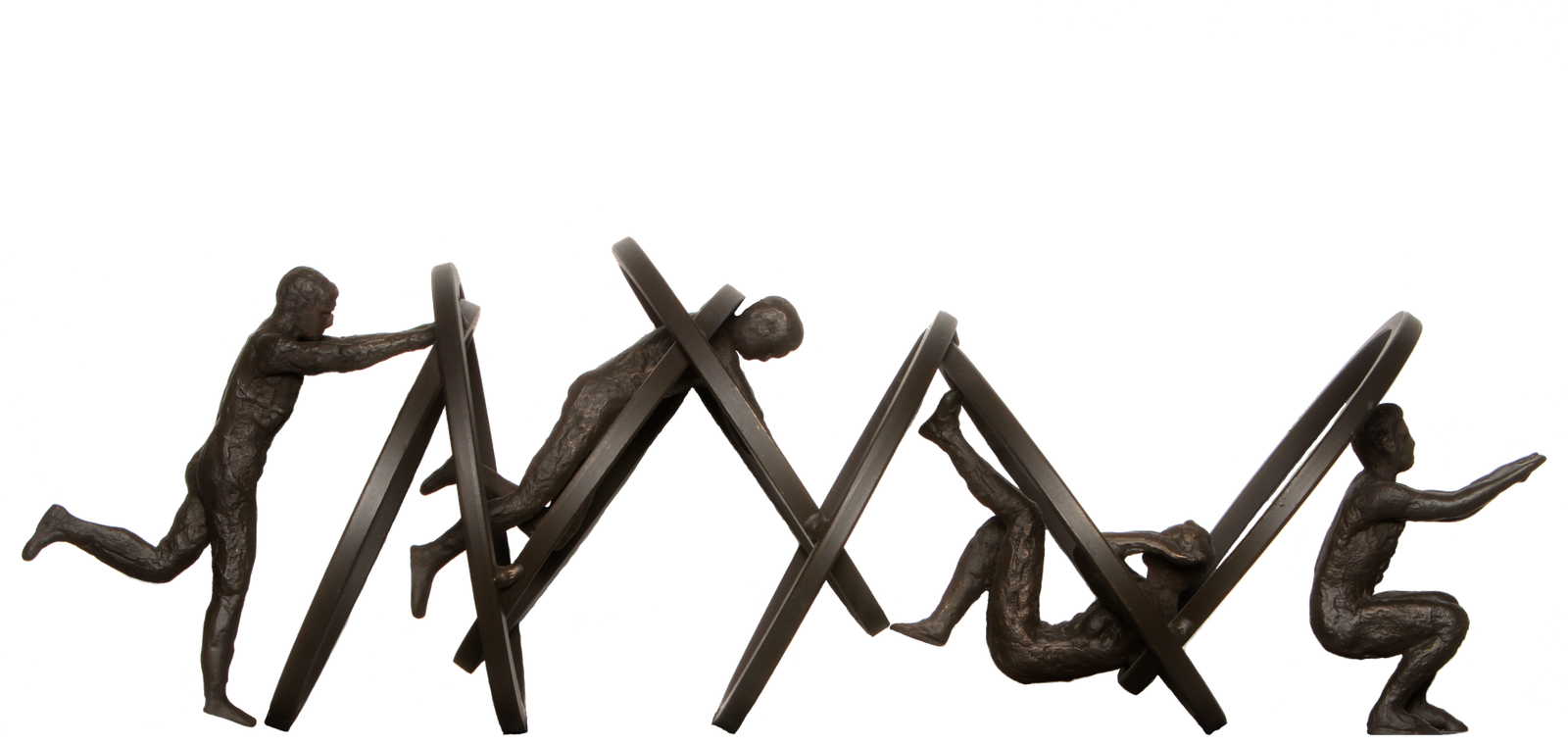In addition to the dynamic warm-up, it is crucial to not ignore the quality and condition of our muscles that we are training. Our muscles are surrounded by a dense, fibrous tissue known as fascia. This fascial tissue does not have elastic property like a muscle and therefore does not respond to stretching. These “knots” or restrictions that form in and around our muscles are best treated with some form of manual therapy or soft tissue work. Failure to treat the fascia will decrease the function of the muscle and dramatically increase injury risk.
As mentioned above, fascia is an extremely dense, fibrous connective tissue that is the common link between our skeleton and our muscular system. It is known as a “passive” structure in the body. In other words, it does not have the ability to contract and relax like a muscle and therefore cannot be strengthened or stretched. Fascia responds directly to the stress that we put on our body. For example, a common location for “knots” is the upper trapezius muscle (connecting our neck to our shoulder). This area is often restricted due to the forward head, rounded shoulder posture that we hold while sitting at a computer, driving, reading, etc.
In the athletic population, we often find soft tissue/fascial restrictions throughout the body based on overuse and decreased efficiency of movement (as discussed in our previous post and will be further examined in future posts.) If left untreated, these soft tissue restrictions will lead to further muscle imbalance, increased compensation, and increased risk of injury.
In the past, this presentation would result in a physician or trainer telling the patient that he/she is “tight” and “needs to stretch more”. What we have now learned is that this particular person needs more soft tissue work/manual therapy to correct the imbalances and restrictions and strive to establish proper movement without restriction. The combination of manual therapy and postural correction is essential to establish painfree movement and improved athletic activity.
There are many options to improve soft tissue mobility. The most common forms of SMR (or self-myofascial release) are the foam roller, the Tiger Tail, the “Stick”, and the use of a massage ball. There are many professional options available to the patient that can sometimes be confusing. (i.e. physical therapist, massage therapist, chiropractor, and some athletic and personal trainers). It is important to note here that massage alone is often effective in managing the patient’s symptoms, but often will not have the desired long lasting effect unless it is coupled with corrective exercise.
Lastly, the Graston Technique is a highly effective soft tissue treatment offered at Momentum Physical Therapy. It is a specialized form of instrument assisted soft tissue mobilization that has been proven to be extremely effective in treating a wide range of pain and injury. Graston is prominently featured on our website at www.momentumpt.com.
Sunday, October 10, 2010
Sunday, October 3, 2010
Expanding Role For Physical Therapists
Great article in the Wall Street Journal posted below.
http://online.wsj.com/article/SB10001424052748704654004575518010995537450.html?KEYWORDS=physical+therapy
It highlights the evolving role of the physical therapist - “more older people are starting to hire physical therapists before they get hurt to fill the role of personal trainer.”
Consider the experience and education level of the individual you hire to handle your fitness goals.
"A proactive visit to a physical therapist can reveal the muscle imbalances and inefficient movement patterns that cause injury. The therapist can provide a regime that corrects those problems while enhancing endurance, balance, strength and weight control."
See More
http://online.wsj.com/article/SB10001424052748704654004575518010995537450.html?KEYWORDS=physical+therapy
It highlights the evolving role of the physical therapist - “more older people are starting to hire physical therapists before they get hurt to fill the role of personal trainer.”
Consider the experience and education level of the individual you hire to handle your fitness goals.
"A proactive visit to a physical therapist can reveal the muscle imbalances and inefficient movement patterns that cause injury. The therapist can provide a regime that corrects those problems while enhancing endurance, balance, strength and weight control."
See More
Subscribe to:
Comments (Atom)
